A Bold Flight in the Shadow of Tragedy
In the spring of 1912, while the world was still mourning the sinking of the Titanic, another extraordinary moment in history quietly took flight. On April 16, 1912, Harriet Quimby became the first woman to fly solo across the English Channel. Dressed in her iconic purple aviator suit, she completed a daring journey that not only showcased her skill and bravery but also paved the way for women in aviation.
Her story might not be as well-known as other early aviation feats, but her impact is undeniable. Harriet Quimby was more than just a pilot she was a journalist, a dreamer, and a determined woman who believed the sky was not the limit, but just the beginning.
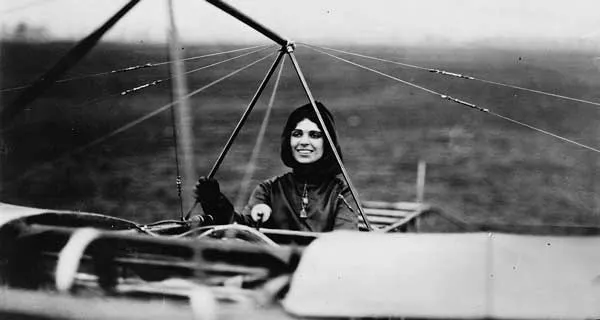
Early Life and Passion for Adventure
Born in Michigan in 1875, Harriet Quimby moved with her family to California in her youth. Independent and intelligent, she soon found a passion for writing and became a journalist. She was hired as a writer and eventually a drama critic for Leslie’s Illustrated Weekly, one of the most popular magazines of the era. Through journalism, she discovered a fascination with aviation.
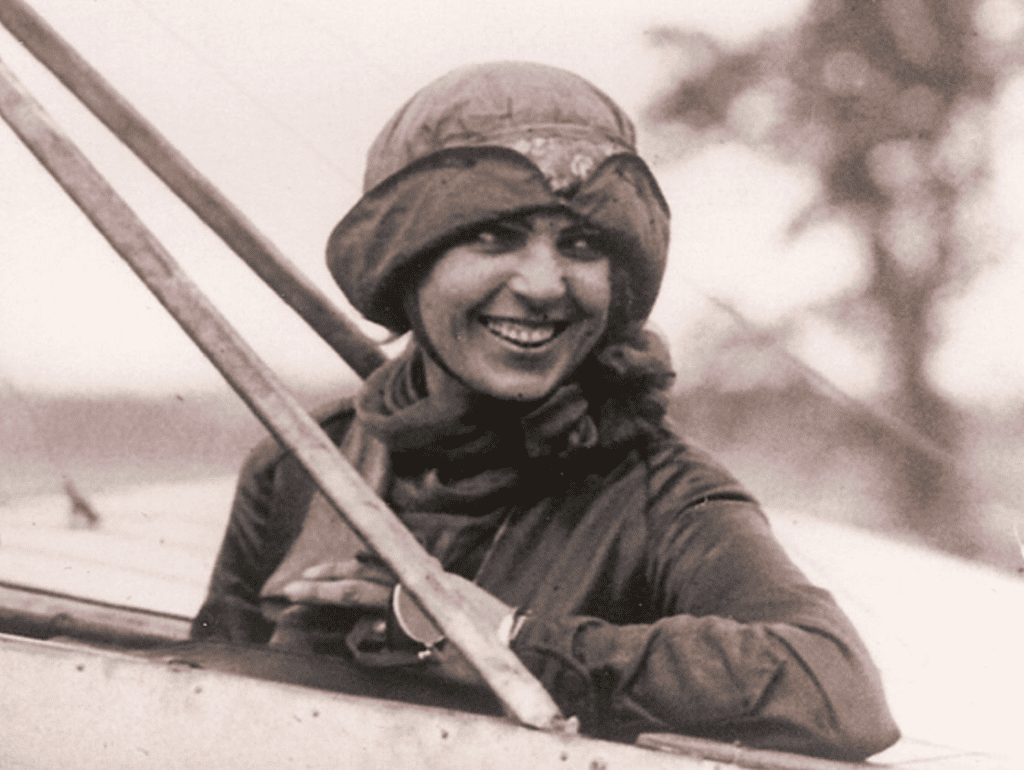
At a time when women were discouraged from participating in many public fields, Harriet refused to be limited. She attended airshows, mingled with aviators, and studied flight with intense curiosity. In 1911, her persistence paid off. She became the first American woman to earn a pilot’s license from the Aero Club of America.
Video:
HARRIET QUIMBY: AN AMERICAN HERO
Crossing the English Channel
The English Channel was already famous in aviation history. In 1909, Louis Blériot had completed the first successful flight across it. For a woman to attempt the same challenge just three years later was considered bold perhaps even reckless.
But Harriet Quimby was undeterred. On the morning of April 16, 1912, she took off from Dover, England, in a borrowed 50-horsepower Blériot monoplane. She wore her custom-made purple flying suit and carried chocolate to keep her energy up during the flight.
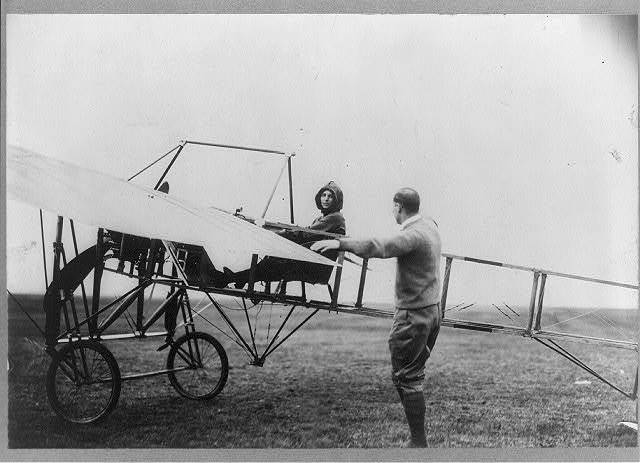
The weather was foggy, and visibility over the water was poor. There were no modern navigational instruments, no radio contact, and no rescue support. She relied on her instincts, her courage, and her understanding of the machine she was flying.
After about an hour in the air, she spotted the French coast and landed safely near Hardelot, completing the 22-mile flight. She had made history. Unfortunately, her accomplishment received minimal attention. Headlines were still dominated by the Titanic disaster, which had occurred just two days earlier.
A Legacy Larger Than Headlines
Despite the lack of immediate fanfare, Harriet’s achievement was a milestone for women everywhere. She proved that female pilots were just as capable as their male counterparts and that women could take part in the technological and exploratory advances of the new century.
Video:
Harriet Quimby
Tragically, Harriet Quimby’s life was cut short just a few months later. In July 1912, during a flying exhibition in Massachusetts, she was thrown from her plane and died instantly. She was only 37 years old.
Her life, though brief, left a powerful impression. She had broken barriers not just in the sky, but in the hearts and minds of people who had never imagined a woman behind the controls of an airplane.
An Icon in Purple
One of the most memorable aspects of Harriet’s persona was her sense of style. Her purple satin flight suit became a symbol of her flair, her individuality, and her refusal to conform. In a world where women were expected to blend in and obey social norms, Harriet stood out boldly, brilliantly, and unapologetically.
She knew that to make history, she had to be more than a pilot. She had to be seen, remembered, and admired. And she was.
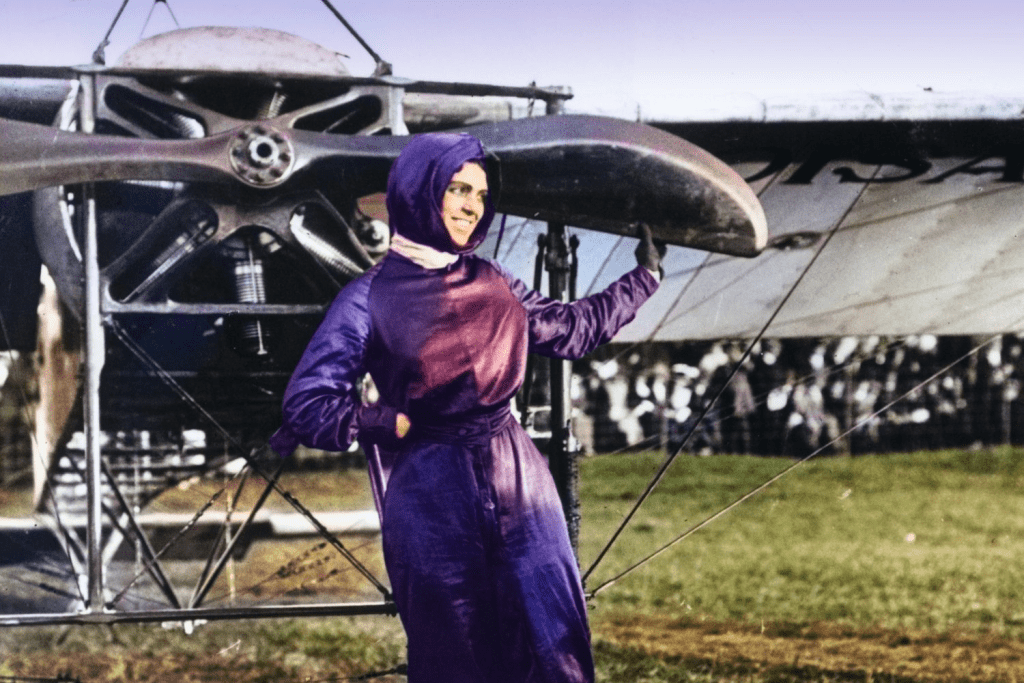
Inspiration for Modern Aviators
More than a century later, Harriet Quimby’s flight continues to inspire. Female aviators such as Amelia Earhart, Bessie Coleman, and today’s commercial and military pilots all follow a path that Harriet helped blaze.
Each time a woman takes the controls of an aircraft, whether it’s a small propeller plane or a modern fighter jet, she’s part of a legacy that began with Harriet’s flight over the English Channel.
Aviation has changed dramatically since 1912, but the spirit that drove Harriet Quimby still soars undaunted, daring, and determined to reach new heights.
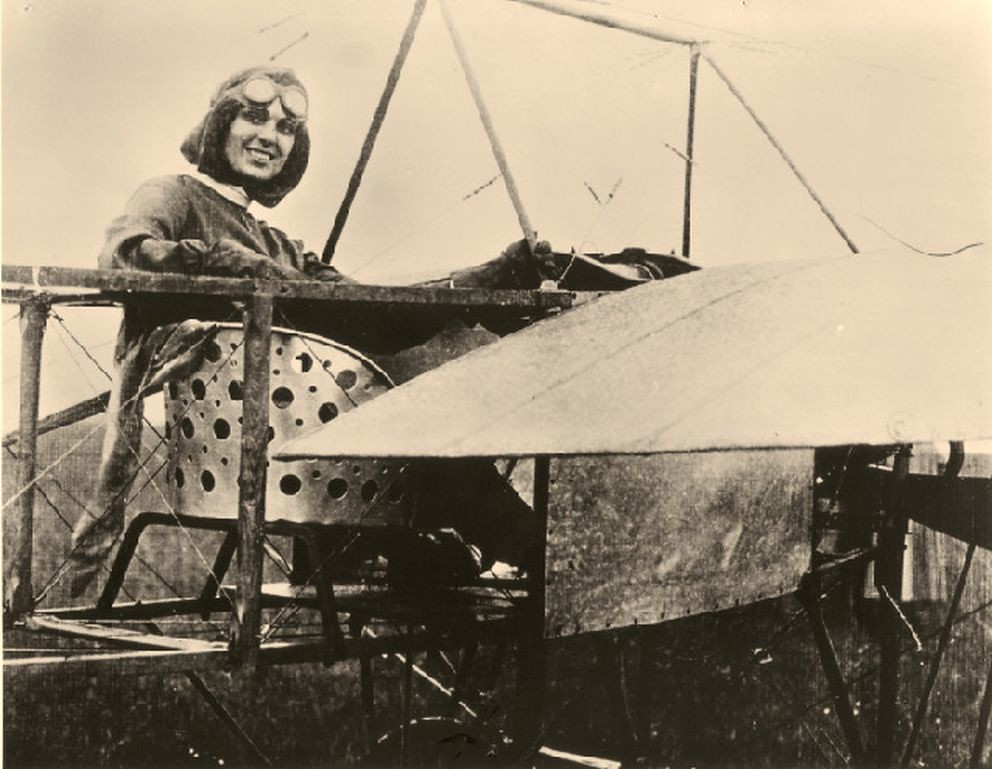
Conclusion: More Than Just a First
Harriet Quimby was not just the first woman to fly solo across the English Channel she was a pioneer who challenged gender roles, defied societal expectations, and lived her dream with courage and style. Her story is one of quiet triumph in a noisy world, of courage in the face of doubt, and of beauty in both flight and purpose.
While her flight may have been overshadowed by tragedy, history has not forgotten her. And every time someone looks up at the sky and dreams of flying, a little bit of Harriet’s legacy lives on.


